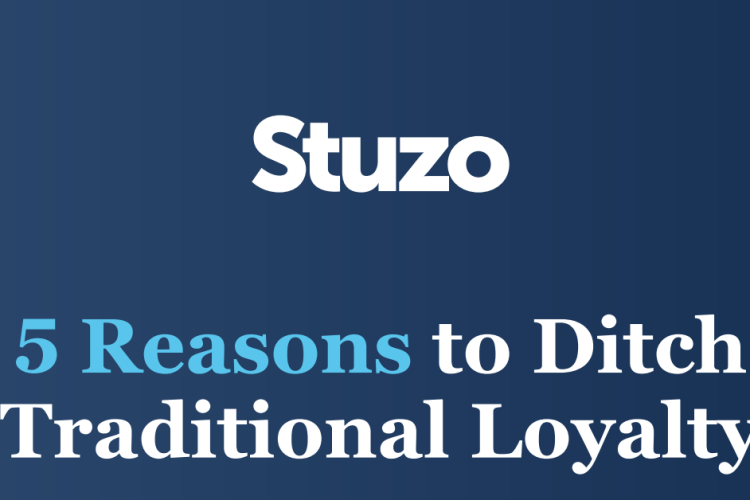
Share:
Passwords have been around forever, but their value as a means of securing access has diminished as attackers consistently find new ways to defeat them. Efforts to strengthen passwords using more stringent policies, adding a second authentication factor, and educating users about protecting themselves have been largely ineffective, as passwords remain the leading cause of successful cyberattacks and data breaches. Passwordless authentication offers a new approach — a lower-cost, easier, and more secure way to authenticate healthcare consumers, patients, members, providers, employees, contractors, and partners.
Passwords, in one way or another, have been used to verify identities since the Roman Empire, when soldiers exchanged watchwords to distinguish friends from foes. Even today, healthcare organizations of all types and sizes remain heavily dependent on the concept of a memorized piece of information that immediately grants access to its holder. While the password has never been ideal for identity authentication, the age of computing has introduced new and bigger challenges that make passwords even more problematic. The volumes of sensitive data generated and stored today, and the speed at which that data can be stolen or destroyed, are major concerns for healthcare organizations



0 Comments